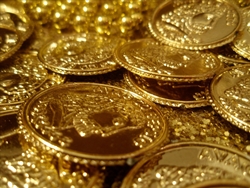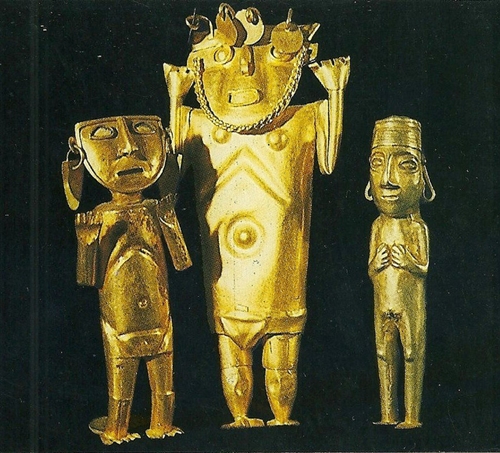The Gold Standard 101

For those of you who know nothing about economics, here’s a brief introduction to the gold standard. In a nutshell, the gold standard is used to describe an economic system where the worth of a country’s paper money is concretely linked to the value of gold. Money was handled during the forefronts of America in the form of precious metals such as gold and silver. For example, a nation decided to set a standard for gold that equates to $10 per ounce, then naturally one dollar would equate to 1/10th ounce of gold.
Throughout early 1800s, money in the US ran under a bimetallic standard. Over the next hundred years, America changed from bimetallic to a simple gold standard, seeing as silver was rarely traded. Believe it or not, it wasn’t until over another hundred years later that the gold standard became obsolete. Under Franklin Roosevelt’s presidential term, the gold standard was booted. The realization that using pure gold for monetary transactions seemed illogical and burdensome, prompted governmental officials to switch to paper money. Nowadays our monetary standard is under the fiat money system. Under the fiat money system, nations such as the US use paper money that has no essential value to it. The dollar bill, hundred dollar bill, thousand dollar bill and so forth are just pieces of paper. Paper money is essentially an easier form of monetary exchange.
Pros and Con of The Gold Standard
The main benefit of the gold standard is that it prevents countries from having to deal with fluctuating inflation rates. Think of gold as a substantial representation of all paper money. If money is not reinforced by something of uniform value, such as gold, we risk higher chances of inflation by printing out too much money. The gold standard also prevents drastic changes in a nation’s monetary supply, which thus lowers the inflation rate. Though the long term benefit of gold standard lowering inflation may seem appealing, the short term drawbacks for nations using the gold standard is not as pleasant. Governments that have used the gold standard in the past have had a harder time avoiding fiscal distress. Unemployment rates in the US were higher under the gold standard.
Though the US no longer operates under the gold standard, gold still remains as an important precious metal. During hard economic times, gold is worth more; this prompts an increase in gold buyers and people selling gold. So even though gold standard is obsolete, the value of gold still remains intact!
 Emily currently resides in Atlanta. One of her hobbies is reading up on tidbits of US history and learning new topics. In her free time she writes freelance articles on topics such as gold parties, gold buyers, and other interesting facts on gold jewelry. Thanks for reading!
Emily currently resides in Atlanta. One of her hobbies is reading up on tidbits of US history and learning new topics. In her free time she writes freelance articles on topics such as gold parties, gold buyers, and other interesting facts on gold jewelry. Thanks for reading!







Leave a Reply